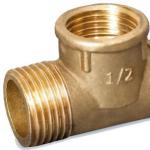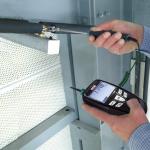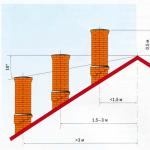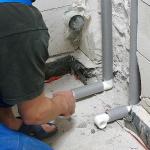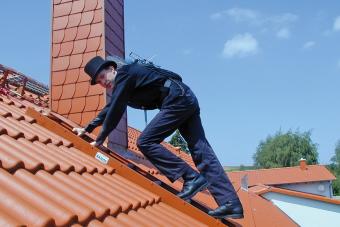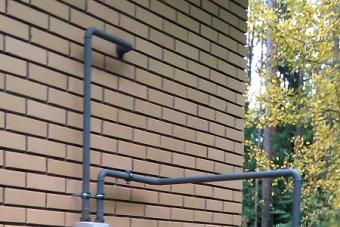Cleaning the chimney is one of the key points in the care of the heater, contributing to its many years of effective work to the delight of the owner and his family.
Related articles:
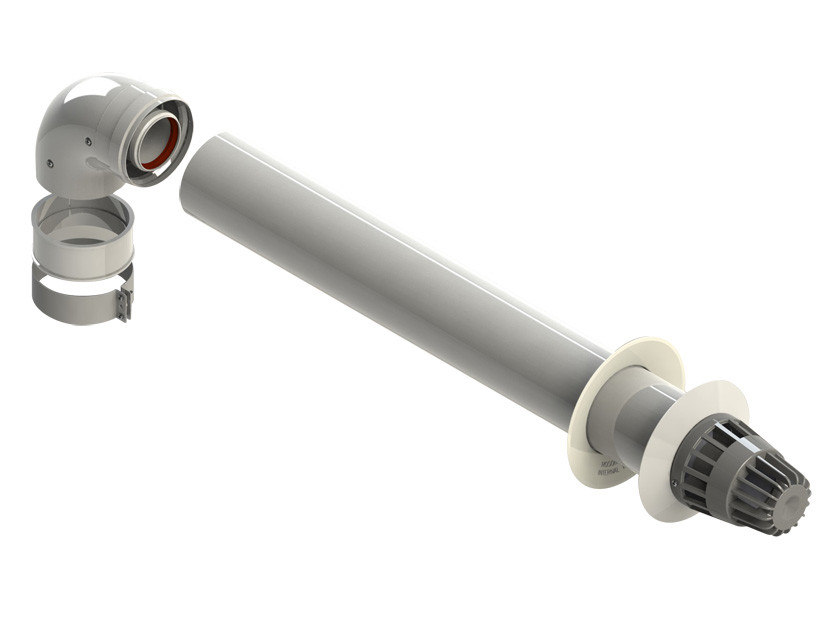
The efficiency of a wood-burning stove or fireplace has a certain dependence on the cleanliness, serviceability and general condition of the chimney. Every owner must know how to clean the chimney, even if he prefers to use the services of third-party specialists and organizations.
According to experts, if the chimney is properly arranged and equipped, it will be able to keep clean for a long time with careful use of the device for heating.
For example, if you use dry firewood that does not contain a large amount of resins for the fireplace, clean the ash from the blower, do not burn household waste in the fireplace, then the care will consist only in cleaning the cleaning holes located in the room from soot.
However, even with this option, the general condition of the chimney should be checked every 6 months to ensure that it remains good. After all, pipes and chimneys are cleaned not only from soot, but also from debris, cobwebs and other blockages that accidentally get there. As for the question of when and how to clean the chimney pipe, it must be decided upon the fact of its partial clogging with soot, the remains of firewood and other types of fuel, and all kinds of blockages.
Why clean your chimney?
To improve traction
Settling on the walls of the chimney, soot narrows the existing gap over time and interferes with the free passage of smoke. In addition, a dense coating of soot does not allow the walls of the chimney to fully warm up, which is fraught with a decrease in traction, a decrease in the efficiency of the fireplace, and the penetration of smoke into the room.
For safety when using the fireplace
There is a risk of soot burning in the chimney due to high temperatures. Such a development of events is fraught with the onset of cracking of the walls of the chimney, which will gradually lead to its complete destruction. But that's not all. Sparks that will fly out of the chimney can become a source of fire, which is extremely serious. Poor traction performance can also have bad consequences. For example, they can lead to carbon monoxide poisoning.
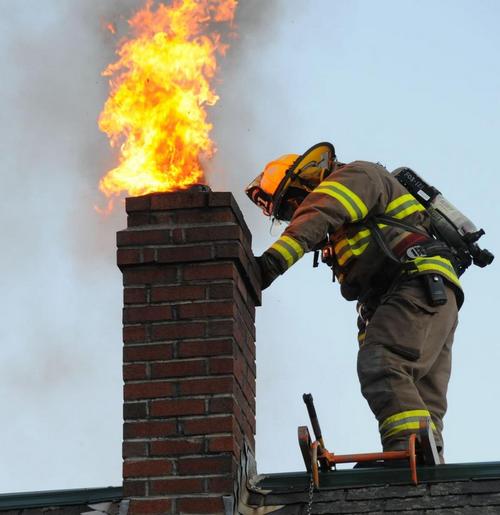
Ways to clean the chimney
Folk ways
Many owners are looking for ways to clean the chimney with folk remedies at home.
Cleaning the chimney pipe is quite unsafe (to carry out such cleaning you need to climb onto the roof) and very dirty (cleaning the pipe from soot will definitely leave marks on both clothes and body).
The most popular way to resolve the issue is to sprinkle firewood during burning with rock salt. This action is preventive and is used to reduce soot deposits.
To remove existing plaque on the walls of chimneys, you can use potato peels. First you need to heat the fireplace well, then pour potato skins into the fire in large quantities. You can also use potatoes, cut into small pieces (you will need half a bucket-bucket of potatoes). The steam that is released as a result of this action will decompose the soot flying into the pipe. Large accumulations of soot will then fall into the furnace, which must be cleaned after the cleaning process is complete.
It should be noted that such a tool as potato peels is not a full-fledged chimney cleaner, but is one of the tools that help soften soot, contributing to its lagging behind the pipe walls. After the above procedure, it will be necessary to mechanically clean the pipe.
If the farm has aspen firewood, then the question of how to clean the chimney from soot with folk remedies will disappear by itself. It is necessary to take a few armfuls of such firewood and simply burn them. It is worth noting that this method is not absolutely safe. Cleaning the chimney from soot occurs due to a significant increase in temperature in the chimney pipe. Under such conditions, the soot ignites, as a result of which white flakes fly out of the pipe, which cover the roof and the surrounding area near the house. Before you clean the chimney in this way, you should make sure that it will withstand such a temperature load and will not collapse. If there is a large amount of soot in the stove pipe, then it is better to clean it in a way that is safer.
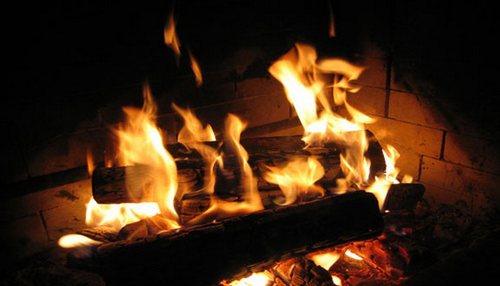
Pipe cleaning mechanically
Meeting a chimney sweep on the streets of the city is a rarity, but this does not mean that the number of representatives of this profession has significantly decreased.
The profession of a chimney sweep in our time is quite in demand. Not every owner has the tool necessary for cleaning the pipe, and even more so, not everyone agrees to do this difficult and unpleasant work on their own. Yes, and only a small percentage of owners of fireplaces, stoves, and boilers have theoretical knowledge on how to clean a chimney pipe.
The chimney sweep is a professional in his field. He will not only perform such work in an excellent way, but will additionally inspect the chimney, identifying possible damage and cracks in it. In addition, only a specialist will be able to adequately assess the level of functioning of the heating device and check the draft.
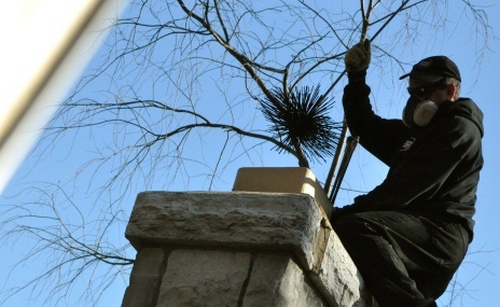
However, many owners of heating appliances prefer to take care of them on their own. It is extremely important to know how the pipe is cleaned from soot and various contaminants. After all, the work of the fireplace should not be accompanied by constant anxiety and inconvenience.
What to consider when cleaning a chimney
It is important to close all cleaning holes in the room before climbing onto the roof. This is necessary so that soot does not get inside the premises (houses, baths, etc.). The fireplace / stove door, the boiler outlet should also be closed or curtained with a damp cloth.
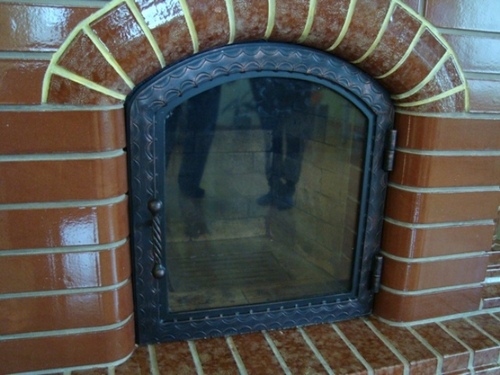
The chimney pipe should be cleaned only in dry weather with no wind at all. This condition must be observed to ensure your own safety. It is mandatory to use insurance when working on the roof.
If the fireplace or stove has not been used for a long time, then you need to make sure that there are no bird nests. If they are present, then they must be removed through the top of the pipe, and if this is not possible, then pushed down with a stick.
Major cleaning of the chimney is carried out only if the soot layer on its walls is more than 2 mm. If the layer is thinner, then it is recommended to use other cleaning methods described below.
Special attention should be paid to those devices and tools that will be needed to clean the pipe.
The main tool of a chimney sweep is a metal brush, with its diameter exceeding the diameter of the chimney by approximately 20%. It is also possible to use a brush with hard metal bristles designed for cleaning the chimney. It is advisable to use such a brush when working with structures that have a rectangular or square section.
If during operation the ruff is attached to the cable and falls down on it, then the brush is attached to strong and flexible holders, which are connected to each other as the brush is lowered down.
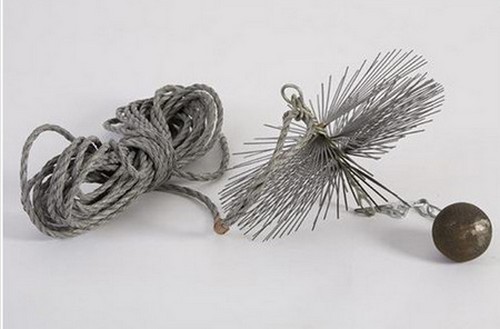
As an additional tool for cleaning pipes, a scraper and a heavy ball-shaped core are used.
Provided that a dense layer of soot is formed in the chimney, it is initially necessary to clean it off with a scraper, and only after that use a special ruff or brush.
It is likely that during the cleaning process, a blockage will be found in the chimney, making it difficult for the tool to pass further. The role of such an obstacle can be an accumulation of debris or a collapsed piece of brickwork. Such a blockage is removed by punching with a heavy shot of steel attached to the cable with a carabiner. The core must be carefully thrown in the center of the chimney hole so as not to touch the walls with it.
An important clarification: previously, a core with a diameter of 85 mm was used as standard, but today the circumstances have changed. Due to the fact that chimneys can have a fairly large cross-sectional area, it is recommended to use a core with a diameter that will cover more than 2/3 of the chimney cross-section.
Also, during the cleaning of the chimney, the core can be used not only as a means to eliminate blockages in the chimney, but also as a load for a ruff or brush. The core, ruff and cable can be connected using durable carabiners that have the ability to change the design by removing an unnecessary section from it.
It is worth remembering that the use of sports weights and similar items as the core is strongly discouraged. The fact is that they have a displaced center of gravity. They can get stuck in the chimney, turning over while flying. And to remove such items from the chimney channel is an additional cost of time and effort.
Vlad Zhitin, expert
Open-type fireplaces with straight chimneys should be cleaned from below - from the side of the firebox. For this purpose, metal brushes on an extendable (composite) handle are used.
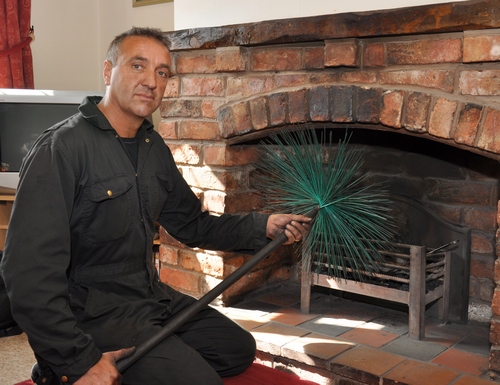
After cleaning the chimney, carefully open all the cleaning holes in the house and remove the dirt that has accumulated in them with a dustpan and brush. You can also do this with a special spoon for cleaning soot. It is advisable to remove soot residues with a vacuum cleaner.
The final and final touch is the cleaning of the firebox itself.
Chimney cleaning with chemicals
Periodic preventive maintenance is encouraged to prevent soot from settling on the chimney pipe. Such prevention is carried out with the help of chemicals added to the firebox at the time when firewood is burning there. The form of release of such funds is very different: briquettes, liquid, powder. The principle of their operation is quite simple. During combustion, gas is released from these substances (it is absolutely harmless to humans), which destroys the structure of blockages and deposits on the walls of the chimney and contributes to their shedding down already in crushed form.
Below is a brief description of the most common chimney cleaning chemicals.
Anti-scale chemical composition (PCC). Available in powder form. It is necessary to burn the product along with the packaging, adding it to the firewood during their combustion. It can also be burned separately from firewood. PHC has a clearly defined usage rate - 150-200 g per each ton of fuel.
"Comic". This is a chemical agent for cleaning chimney (stove, fireplace) pipes, developed by a Czech manufacturer. The form of sale is packages, each of which contains 5 bags weighing 14 g. One such package is enough for prophylaxis for three months. The tool demonstrates the greatest efficiency when cleaning small layers of soot (the layer thickness should be no more than 2 mm). The removal of soot and soot occurs due to the conversion of soot into an instantly combustible oxide (catalytic reaction and its consequences).
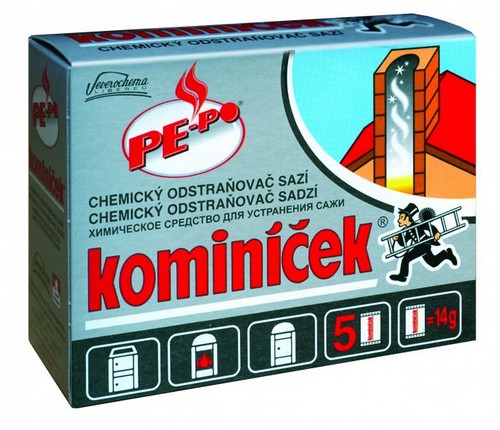
The method of application is quite simple. "Kominichek" (one bag) must be thrown on burning coals or firewood and the door closed. High temperature promotes the release of a chemical substance from the granules that dissolves soot in the furnace and chimney.
Log "Chimney sweep". The tool is a small briquette or bar, which, when burned, releases substances that dry out deposits on the walls of the chimney pipe. As a result of this impact, the deposits crumble into the furnace.
Chimney Cleaner Chimney Sweep is the most popular chemical chimney cleaner. Its main purpose is the regular cleaning of smoke channels for the purpose of prevention. The use of this product helps to reduce the risk of creosote deposits, reduces the risk of soot fire. Thanks to these effects, the service life of the chimney is significantly increased.
Log "Chimney sweep" can be used in any type of built-in heaters, stoves, boilers that operate on liquid and solid fuels. It is also possible to use it in fireplace inserts and stoves operating on coal and wood.
When using the fireplace up to two days a week for prevention, you will need to burn only one log every 6 months. With daily use, the number of logs will have to be doubled. When using a wood-burning stove for a long period of time, it is recommended to burn one Chimney Sweep log in it every two months.
In fireplaces and stoves that have serious dimensions, it is necessary to burn two logs in turn (before putting a new log, you need to wait until the previous one is completely burned).
This tool demonstrates the greatest efficiency in the fight against soot deposits in brick chimneys.
Before you start using the tool, you should make sure that the chimney is not clogged with various debris and third-party objects. It is best to burn the Chimney Sweep log in this way: take it out of the package (leave the wrapper) and put it on the coals left from the previous firebox. You can set fire to a log, or a wrapper. The essence of that will not change.
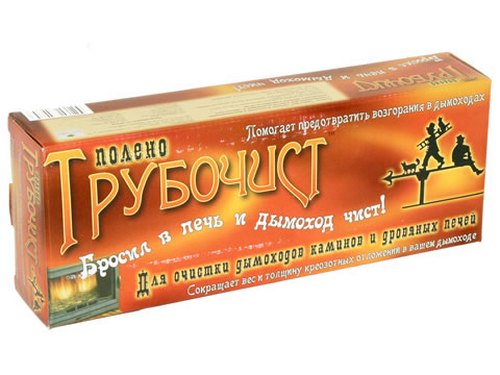
Active additives, which are components of the log, continue to act for one to two weeks after the log is burned. All this time, soot will continue to fall into the firebox without remaining on the walls of the chimney. Two weeks after using the log, it is necessary to clean the elements of the fireplace and separately the chimney.
When using any chemical product intended for cleaning the chimney, it is necessary to follow the instructions that come with the product exactly.
Cleaning quality control
Chemical methods for cleaning chimneys often do not inspire confidence in people. There is an understanding that the quality of such cleaning is noticeably inferior to the quality that a professional chimney sweep can provide. In addition, upon completion of his work, the specialist always conducts a quality control of his work and a general analysis of the state of the chimney. For this, special tools are used, for example, mirrors.
Serious companies working in this area (various service centers, etc.) use special video cameras with a backlight function to control quality. With their help, you can fully assess the quality of work and eliminate shortcomings, if any.
There are certain rules for using a stove or fireplace that help extend the period of their full operation.
- Do not use firewood obtained from coniferous trees as fuel. The reason for this is the high content of resin in them, the deposits of which remain on the walls of the chimney.
- Do not heat the stove or fireplace with damp wood or firewood from freshly felled trees. High humidity promotes increased deposits of soot and water vapor.
- Do not burn garbage. This is especially true for products made of plastic and other synthetic materials. Items intended for that purpose should be used as fuel.
- Among all types of firewood, dry deciduous firewood is the best option for a firebox. After the firebox, it is desirable to additionally burn a small amount of aspen firewood. They help burn soot out of the chimney.
Now you know the basic options for cleaning chimney pipes. It should be remembered that additional inspection is necessary during such work. And don't forget about prevention.
How do you clean your chimney? In the ways described above or do you use something special? Leave your answers in the comments!
Expertise - sewerage, water supply
Ask an expert
How to clean a chimney with folk remedies, cleaning chimneys from soot - print version
